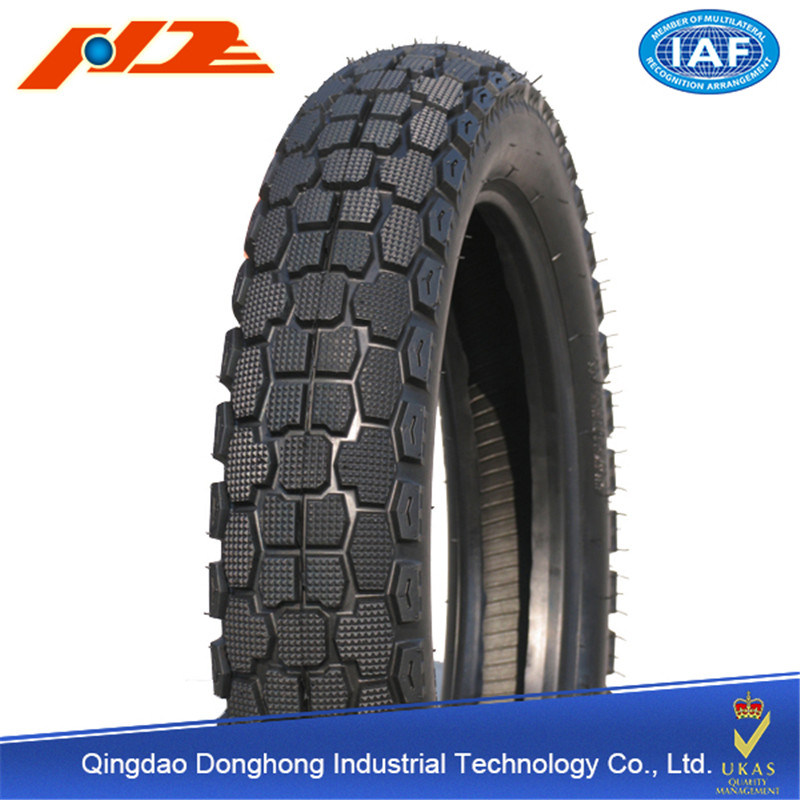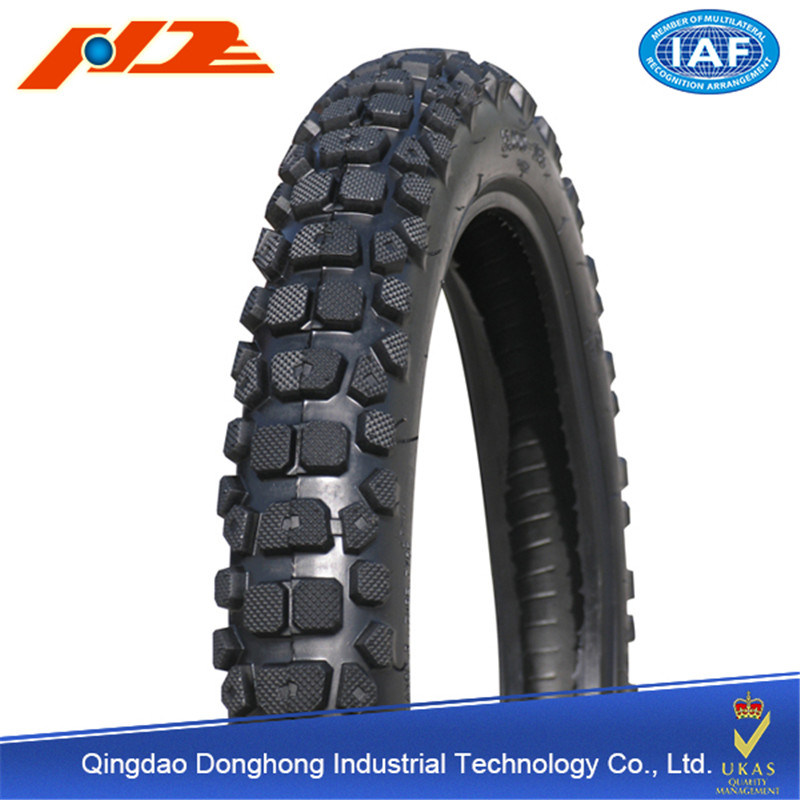Die casting is a metal casting process that is characterized by forcing molten metal under high pressure into a mould cavity. The mould cavity is created using two hardened tool steel dies which have been machined into shape and work similarly to an injection mould during the process. Most die castings are made from non-ferrous metals, specifically zinc, copper, aluminium, magnesium, lead, pewter, and tin-based alloys. Depending on the type of metal being cast, a hot- or cold-chamber machine is used.
The casting equipment and the metal dies represent large capital costs and this tends to limit the process to high-volume production. Manufacture of parts using die casting is relatively simple, involving only four main steps, which keeps the incremental cost per item low. It is especially suited for a large quantity of small- to medium-sized castings, which is why die casting produces more castings than any other casting process.Die castings are characterized by a very good surface finish (by casting standards) and dimensional consistency.
Die and component material and hardness for various cast metals
Die component
Cavity inserts
Cores
Sprue parts
Nozzle
Ejector pins
Plunger shot sleeve
Holder block
Two dies are used in die casting; one is called the "cover die half" and the other the "ejector die half". Where they meet is called the parting line. The cover die contains the sprue (for hot-chamber machines) or shot hole (for cold-chamber machines), which allows the molten metal to flow into the dies; this feature matches up with the injector nozzle on the hot-chamber machines or the shot chamber in the cold-chamber machines. The ejector die contains the ejector pins and usually the runner, which is the path from the sprue or shot hole to the mould cavity. The cover die is secured to the stationary, or front, platen of the casting machine, while the ejector die is attached to the movable platen. The mould cavity is cut into two cavity inserts, which are separate pieces that can be replaced relatively easily and bolt into the die halves.
The dies are designed so that the finished casting will slide off the cover half of the die and stay in the ejector half as the dies are opened. This assures that the casting will be ejected every cycle because the ejector half contains the ejector pins to push the casting out of that die half. The ejector pins are driven by an ejector pin plate, which accurately drives all of the pins at the same time and with the same force, so that the casting is not damaged. The ejector pin plate also retracts the pins after ejecting the casting to prepare for the next shot. There must be enough ejector pins to keep the overall force on each pin low, because the casting is still hot and can be damaged by excessive force. The pins still leave a mark, so they must be located in places where these marks will not hamper the casting's purpose.
Other die components include cores and slides. Cores are components that usually produce holes or opening, but they can be used to create other details as well. There are three types of cores: fixed, movable, and loose. Fixed cores are ones that are oriented parallel to the pull direction of the dies (i.e. the direction the dies open), therefore they are fixed, or permanently attached to the die. Movable cores are ones that are oriented in any other way than parallel to the pull direction. These cores must be removed from the die cavity after the shot solidifies, but before the dies open, using a separate mechanism. Slides are similar to movable cores, except they are used to form undercut surfaces. The use of movable cores and slides greatly increases the cost of the dies.[16] Loose cores, also called pick-outs, are used to cast intricate features, such as threaded holes. These loose cores are inserted into the die by hand before each cycle and then ejected with the part at the end of the cycle. The core then must be removed by hand. Loose cores are the most expensive type of core, because of the extra labor and increased cycle time. Other features in the dies include water-cooling passages and vents along the parting lines. These vents are usually wide and thin (approximately 0.13 mm or 0.005 in) so that when the molten metal starts filling them the metal quickly solidifies and minimizes scrap. No risers are used because the high pressure ensures a continuous feed of metal from the gate.
The most important material properties for the dies are thermal shock resistance and softening at elevated temperature; other important properties include hardenability, machinability, heat checking resistance, weldability, availability (especially for larger dies), and cost. The longevity of a die is directly dependent on the temperature of the molten metal and the cycle time. The dies used in die casting are usually made out of hardened tool steels, because cast iron cannot withstand the high pressures involved, therefore the dies are very expensive, resulting in high start-up costs. Metals that are cast at higher temperatures require dies made from higher alloy steels.
Mold Parts,Die Cast Mould Core,Die Cast Mold Insert,Precision Mold Parts Dayue Precision Technology , https://www.dayuechn.com
 With over 15 years of experience in manufacturing motorcycle tires, tubes, and tubeless tires, we have built a strong reputation for quality and reliability. Our products are widely used in more than 20 countries around the world, including Asia, Europe, Africa, North and South America, and Oceania.
We specialize in producing high-quality motorcycle tires that meet international standards such as ISO, CCC, and DOT. Our tires are designed to provide excellent performance, durability, and safety, with a long service life of over 15,000 kilometers.
Our product range includes tube tires and bias-belted tires with cross-country tread patterns. We offer various sizes such as 3.00-17, 3.00-18, and 110/90-16, with weights ranging from 2300g to over 6000g depending on the size.
We are committed to providing customers with competitive pricing, prompt delivery, and excellent after-sales support. Our factory ensures strict quality control to guarantee that every tire meets the highest standards before being shipped.
We also offer customization options and can supply a wide range of tire sizes upon request. Whether you're looking for a single order or bulk quantities, we are here to meet your needs.
**Key Features:**
- High-quality materials with 37%-45% rubber content
- Load capacity exceeding 220kg
- Available in multiple sizes and specifications
- Exported to numerous countries worldwide
- FOB and CIF trade terms available
- Minimum order quantity: 200 pieces
- Payment terms: 30% T/T in advance, 70% upon shipping documents
- Delivery time: 30–35 days after deposit
**Main Markets:**
Asia: Iran, Afghanistan, Pakistan, Malaysia, Indonesia, Philippines, Japan, Taiwan, Russia
Europe: Sweden, Finland, Belgium, Ukraine, France, Greece, Spain, UK, Portugal, Italy, Germany
Africa: South Africa, Tanzania, Sudan, Zambia, Nigeria, Egypt, Libya, Algeria
North America: USA, Canada
South America: Mexico, Honduras, Venezuela, Brazil, Peru, Chile, Bolivia, Argentina
Oceania: Australia, New Zealand
**Product Specifications (6PR):**
| Size | Weight (g) |
|------------|------------|
| 2.75-18 | 3250 |
| 3.00-10 | 2000 |
| 3.00-18 | 3850 |
| 3.25-18 | 4100 |
| 3.50-18 | 4800 |
| 3.50-10 | 2700 |
| 360H18 | 4250 |
| 80/100-18 | 3900 |
| 90/90-10 | 2500 |
| 90/90-17 | 3750 |
| 90/90-18 | 3850 |
| 90/90-21 | 4500 |
| 100/90-10 | 2900 |
| 100/90-17 | 4600 |
| 100/90-18 | 4750 |
| 110/90-10 | 3400 |
| 110/90-16 | 5100 |
| 110/100-12 | 3950 |
| 110/80-19 | 5350 |
| 120/90-10 | 3600 |
| 120/70-12 | 3600 |
| 120/90-16 | 6000 |
| 130/60-13 | 3900 |
| 130/70-12 | 4000 |
| 130/70-13 | 4500 |
| 130/80-17 | 6100 |
| 130/90-15 | 6000 |
| 130/90-16 | 6400 |
| 110/90-16 | 5300 |
| 4.10-18 | 5000 |
We take pride in our long-term partnerships with clients and always aim to deliver exceptional value and service. Contact us today for more information or to place an order!
With over 15 years of experience in manufacturing motorcycle tires, tubes, and tubeless tires, we have built a strong reputation for quality and reliability. Our products are widely used in more than 20 countries around the world, including Asia, Europe, Africa, North and South America, and Oceania.
We specialize in producing high-quality motorcycle tires that meet international standards such as ISO, CCC, and DOT. Our tires are designed to provide excellent performance, durability, and safety, with a long service life of over 15,000 kilometers.
Our product range includes tube tires and bias-belted tires with cross-country tread patterns. We offer various sizes such as 3.00-17, 3.00-18, and 110/90-16, with weights ranging from 2300g to over 6000g depending on the size.
We are committed to providing customers with competitive pricing, prompt delivery, and excellent after-sales support. Our factory ensures strict quality control to guarantee that every tire meets the highest standards before being shipped.
We also offer customization options and can supply a wide range of tire sizes upon request. Whether you're looking for a single order or bulk quantities, we are here to meet your needs.
**Key Features:**
- High-quality materials with 37%-45% rubber content
- Load capacity exceeding 220kg
- Available in multiple sizes and specifications
- Exported to numerous countries worldwide
- FOB and CIF trade terms available
- Minimum order quantity: 200 pieces
- Payment terms: 30% T/T in advance, 70% upon shipping documents
- Delivery time: 30–35 days after deposit
**Main Markets:**
Asia: Iran, Afghanistan, Pakistan, Malaysia, Indonesia, Philippines, Japan, Taiwan, Russia
Europe: Sweden, Finland, Belgium, Ukraine, France, Greece, Spain, UK, Portugal, Italy, Germany
Africa: South Africa, Tanzania, Sudan, Zambia, Nigeria, Egypt, Libya, Algeria
North America: USA, Canada
South America: Mexico, Honduras, Venezuela, Brazil, Peru, Chile, Bolivia, Argentina
Oceania: Australia, New Zealand
**Product Specifications (6PR):**
| Size | Weight (g) |
|------------|------------|
| 2.75-18 | 3250 |
| 3.00-10 | 2000 |
| 3.00-18 | 3850 |
| 3.25-18 | 4100 |
| 3.50-18 | 4800 |
| 3.50-10 | 2700 |
| 360H18 | 4250 |
| 80/100-18 | 3900 |
| 90/90-10 | 2500 |
| 90/90-17 | 3750 |
| 90/90-18 | 3850 |
| 90/90-21 | 4500 |
| 100/90-10 | 2900 |
| 100/90-17 | 4600 |
| 100/90-18 | 4750 |
| 110/90-10 | 3400 |
| 110/90-16 | 5100 |
| 110/100-12 | 3950 |
| 110/80-19 | 5350 |
| 120/90-10 | 3600 |
| 120/70-12 | 3600 |
| 120/90-16 | 6000 |
| 130/60-13 | 3900 |
| 130/70-12 | 4000 |
| 130/70-13 | 4500 |
| 130/80-17 | 6100 |
| 130/90-15 | 6000 |
| 130/90-16 | 6400 |
| 110/90-16 | 5300 |
| 4.10-18 | 5000 |
We take pride in our long-term partnerships with clients and always aim to deliver exceptional value and service. Contact us today for more information or to place an order!
Motorcycle Tube Tyre and Tubeless Tyre
High-quality motorcycle tires manufactured in our own factory.